"Every Child Can Learn Music"
Dr. Suzuki believed that if children can learn their native language, they can also develop musical talent. Central to the Suzuki method are key concepts that help children learn music just as they learn their native language.
Parent Involvement and the
Suzuki Triangle
The parent attends lessons, takes notes, and practices daily with the child. Acting as the “practice partner,” the parent creates an encouraging learning environment at home and directs practice under the teacher’s guidance to ensure steady progress. Besides practicing at home, the parent also plays a listening CD of the music the child is learning. No prior musical knowledge is needed, as parents receive step-by-step guidance.
Through daily practice, Suzuki parents not only help their children grow musically but also develop a deeper understanding of their children and themselves. Additionally, the Suzuki Method focuses on building a strong, healthy parent-child relationship.
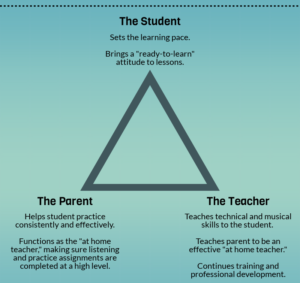
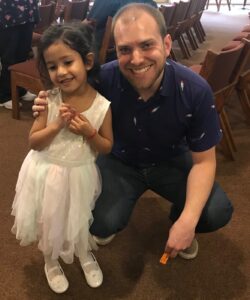
Early Beginning
It’s never too late to learn an instrument, but it’s much easier when a child starts early. Just like learning a language, playing an instrument becomes second nature when begun at a young age. I recommend children start listening to music from birth to absorb it naturally from their environment. Ideally, they should begin Suzuki lessons between the ages of 3 and 8.
Listening
Children learn new words by hearing them spoken repeatedly by those around them. In the same way, regular exposure to music is key to learning it. Listening to pieces from the Suzuki repertoire is especially important. This daily exposure helps children become familiar with the music, enabling them to learn it more quickly.
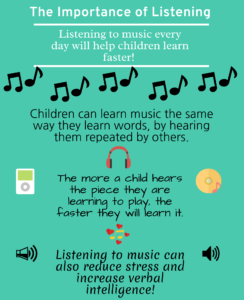
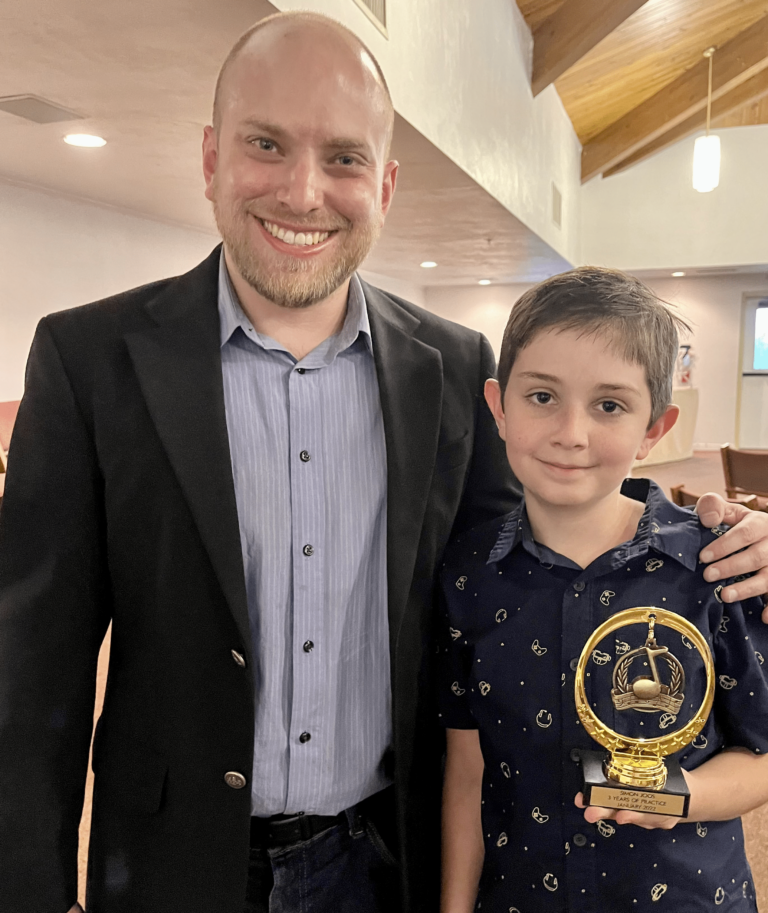
Repetition
Repetition is essential when learning to play an instrument. Just as young children repeat their first words and sounds, gradually adding more as they grow, they do the same in music. Once they learn a word, they use it in more advanced ways as their language develops. In music, repetition and review work similarly. Older pieces are revisited to refine skills and are sometimes modified to introduce new concepts or challenges as the child’s abilities progress.
Encouragement
Like learning a language, a child’s efforts to master an instrument should be met with genuine praise and encouragement. Every child learns at their own pace, taking many small steps along the way. Each step should be celebrated once fully mastered. Teachers and parents work together to create a positive, supportive, and fun learning environment.
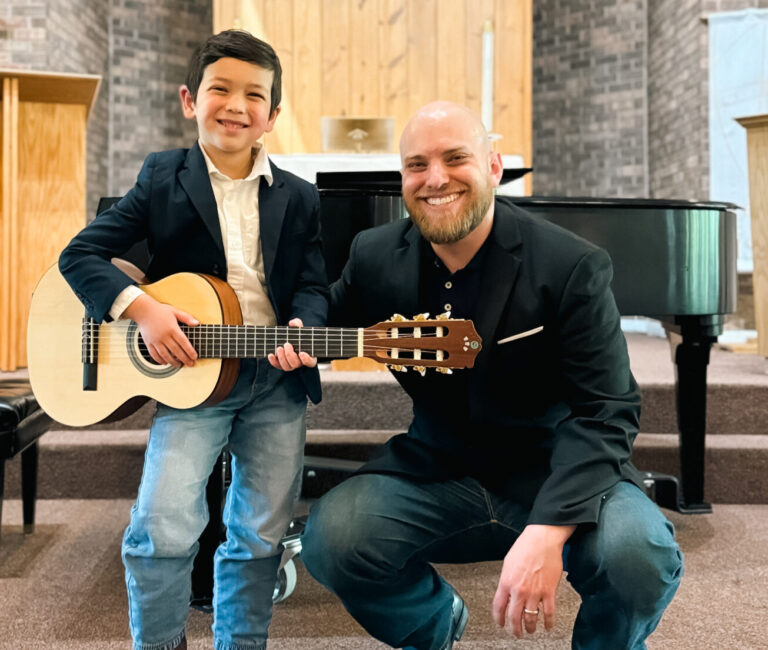
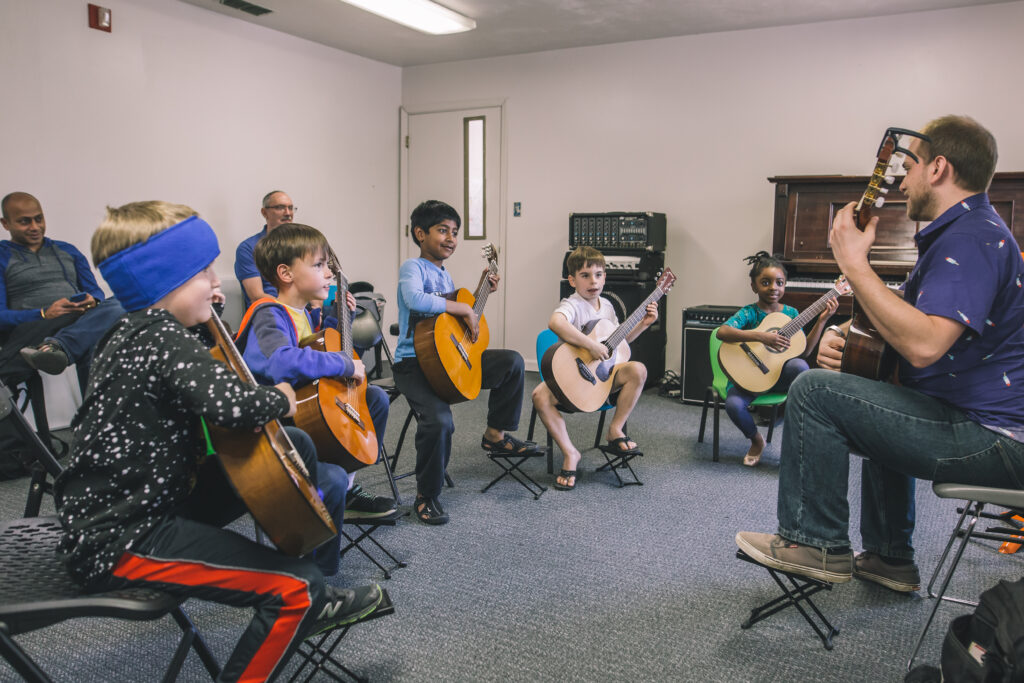
Group Class
Graded Repertoire
When learning to talk, children don’t focus on specific exercises; they use language naturally for communication and self-expression. In the same way, the pieces in the Suzuki repertoire are designed to introduce technical challenges within the music itself. Each piece presents a manageable yet stimulating challenge for the student, making the learning process both engaging and enjoyable.
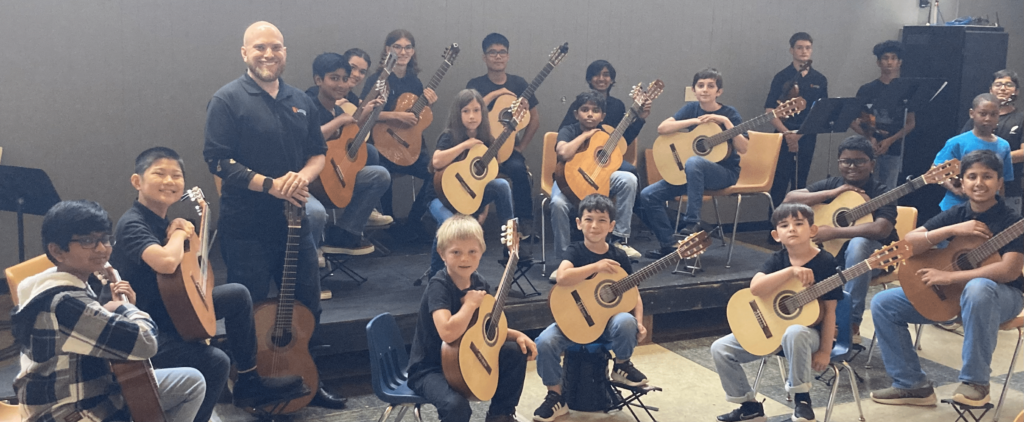
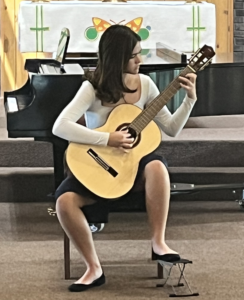
Delayed Reading
Just as children learn to talk before they learn to read, they need to develop basic technical skills on their instruments before starting to read music. I begin introducing note reading about halfway through Book 1, often using group class games. My goal is for students’ reading skills to match their playing level by Book 4 or 5.